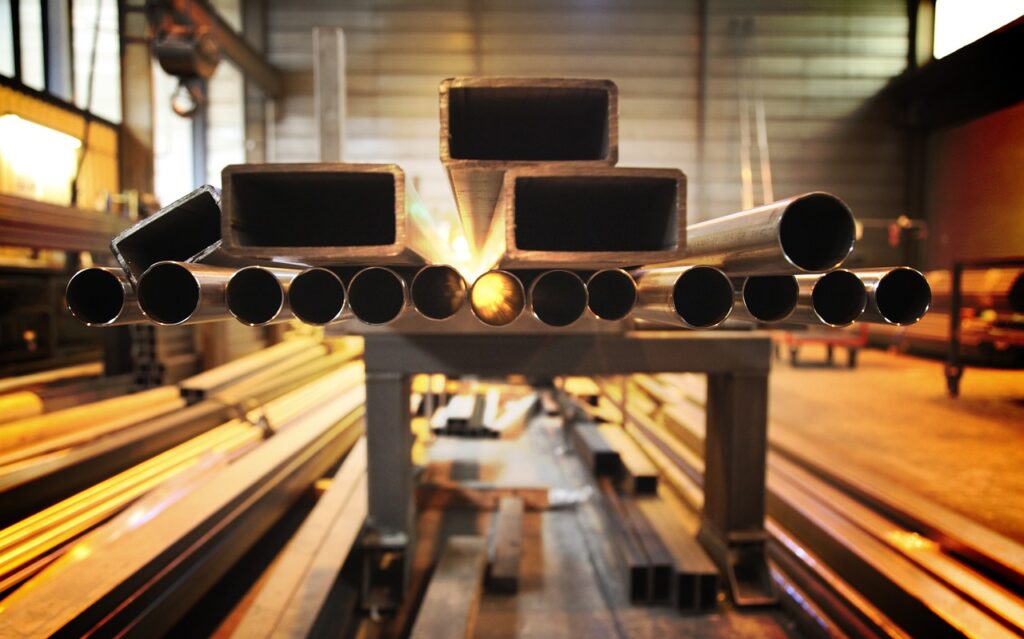POSCO E&C, formerly known as POSCO Engineering & Construction, has inked a pivotal business agreement with Inha University. The collaboration aims to propel research and industry-academic cooperation in the realms of low-carbon steel and hydrogen reduction steelmaking, marking a significant stride towards reducing carbon emissions in the steel industry.
The primary goal of this strategic alliance is to drive innovation in steelmaking processes, particularly in the domain of hydrogen reduction. Hydrogen-reduced steelmaking involves the utilization of hydrogen (H2) instead of conventional fossil fuels, presenting a transformative approach to steel production that significantly diminishes carbon emissions. POSCO E&C envisions aligning this initiative with the overarching objective of achieving carbon neutrality within the POSCO Group by 2050.
Hydrogen reduction steelmaking stands as a pioneering technology that substitutes hydrogen for fossil fuels in the iron production process. This innovative approach not only addresses environmental concerns but also positions hydrogen as a key element in revolutionizing the traditional steelmaking landscape. The collaboration with Inha University is instrumental in leveraging research experiences, especially in European-style hydrogen reduction steel.
The potential impact of this collaboration extends far beyond the realms of POSCO E&C and Inha University. By advancing research and development in low-carbon steel and hydrogen reduction steelmaking, the initiative holds the promise of reshaping the steel industry’s contribution to carbon emissions. Successfully implementing hydrogen reduction steelmaking technology can serve as a beacon for other steel manufacturers globally, fostering a more sustainable and environmentally friendly approach to steel production.
Looking ahead, POSCO E&C envisions a continued partnership with Inha University to propel research efforts related to the 300,000-ton test facilities. The ultimate goal is to actively participate in POSCO’s ambitious plan to construct a 1 million-ton hydrogen reduction steel demonstration facility by 2030. This future collaboration holds the potential to position both entities as leaders in the global shift towards sustainable steel production.





